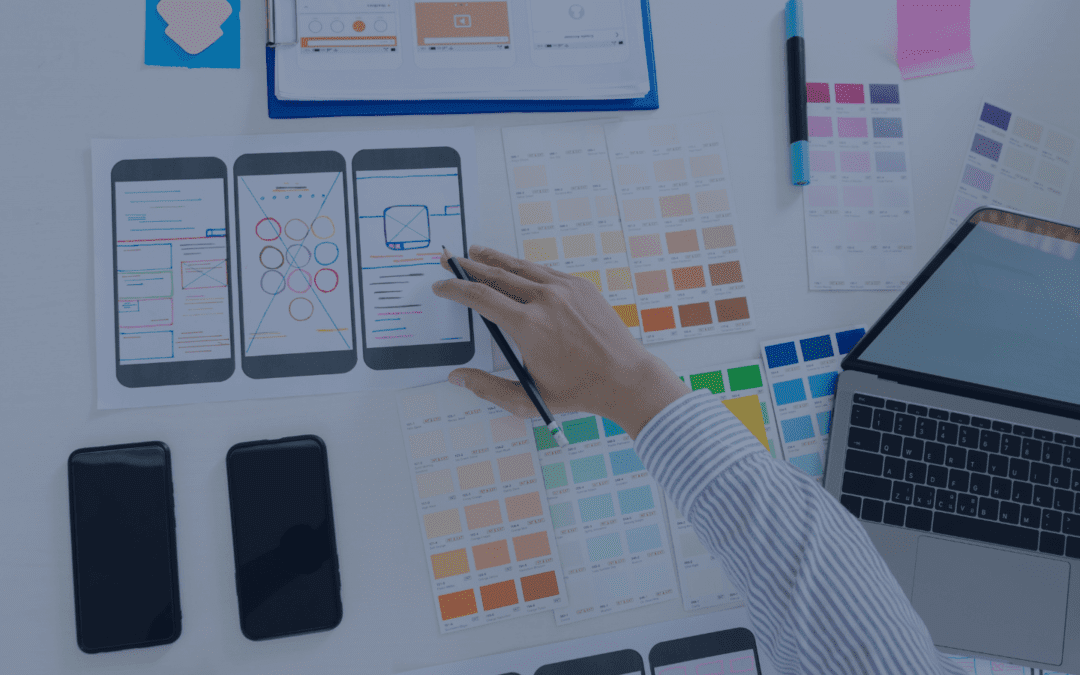Once you know what you expect from your app and who your target audience is, what next? Well, you should have a rough idea regarding the look and feel of the same. Apart from this, you should be aware of its functionality. This is where a mockup comes handy.
What is a mockup in app development?
Mockup refers to a black and white outline of all the screens that you have visualized in your app. It comes with as many buttons and texts as possible to resemble your final app. It is best to get your mockups designed by professional partners so that chances of failing are best reduced. With a great mockup, you can get a better understanding of how your app will behave when working on a smart device.
With a mockup ready, you can check how your final app will present itself in a screen-to-screen layout. It will give you a chance to make necessary modifications before proceeding further. So, basically, if you want to critically evaluate your app idea, a mockup is the best for you. Besides this, mockups also give you an idea of how people in the real world are interacting with the app.
In today’s blog we will discuss in brief a few points about what are the common mistakes when it comes to mockup development.
Common mistakes in mockup development
While you are working on a mockup, you must ensure that there are no missing or broken screens and the flow is good. You must thoroughly check for any buttonless island screens and so on. Below we look at the most common mistakes that are easy for you to make when developing mockups.
#1 Missing out screens
This is a very common, frequent and obvious mistake. Why is it an issue? This is problematic since the very idea of a mockup is to represent every screen that is a part of your final app. So, if your screens are missing, it means the mockup is not complete in itself. This could cause serious rejections by users when they handle the final app. Can you just afford to skip the login confirmation page? Or the reset password suggestion? NO.
#2 Including buttons that are dead end
Your mockup should have everything that your final app design is expected to have. All the screens and buttons on your mockup should be connected logically. You must ensure that your mockup doesnt have buttons that do not lead anywhere. The same applies to the screens too. All screens must be interconnected so that the user can seamlessly navigate your app.
#3: Check for sticky screens
If your mockup has a button to reach a particular screen, it must also have a button to leave that screen too. It does not need to be a back button only and could rather be an extra button on all your screens.Again, while doing this, you need to ensure that your screen looks clutter-free and is not overcrowded.
#4 Missing out on page numbering
Having your mockup pages properly numbered is crucial to keep it organized. It also maintains good flow in the set and sticks to logic. While numbering the pages, you must make sure that they represent the user’s behavior while using the app. You should number the screens in the order users would view them. The very first screen is your page 1. While this could seem very easy, most people mess it up here. The complexity rises when you reach intersection screens. Here, the number of paths for a user are many. So, you will need to assign numbers semi-arbitrarily. In such scenarios, you ought to start with the screens that are very central to the app, with the most buttons leading to other screens.
If you are worried about your app development process or are confused what the right process is, please get in touch with us! Our team of app development engineers are well versed with the best practices and will transform your app ideas into fully-functional and usable apps.
